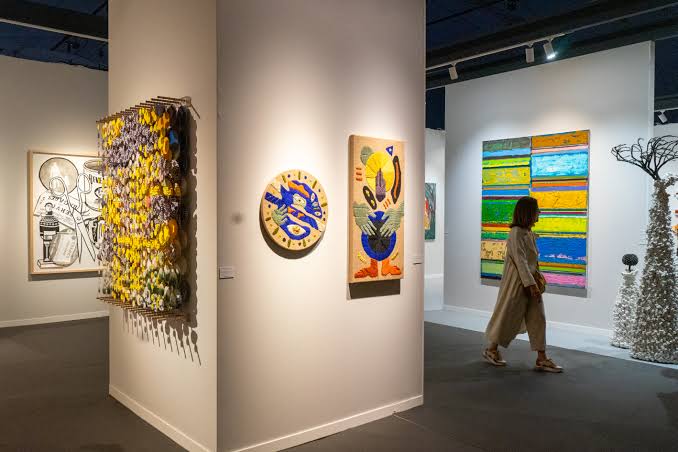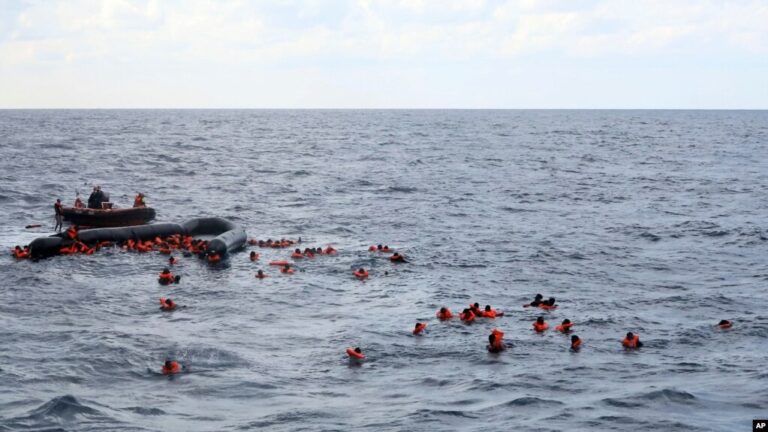
The Book of Revelation, also referred to as the Book of the Apocalypse, serves as a compelling source of inspiration for artists. Written by John of Patmos around 95 AD, it offers a wealth of captivating and terrifying imagery, including the Four Horsemen, angels sounding trumpets to announce calamities, and vivid scenes such as hail and blood, a scorched sun, encroaching darkness, scorpion-tailed locusts, and the infamous dragon. This dragon is depicted as red, with seven heads and ten horns, commanding legions of demons. Additionally, there is the sea beast, resembling a panther, bear, or lion, along with another monstrous creature emerging from the earth, which brands individuals with the number of the beast, 666. The great harlot is also featured: “The woman was clothed in purple and scarlet, adorned with gold, precious stones, and pearls. She held a golden cup filled with detestable things and the filth of her adulteries: The name inscribed on her forehead was a mystery: ‘Babylon the great, the mother of prostitutes and of the abominations of the earth.'” Ultimately, she meets a fate of being burned and consumed.
The artistic allure of The Book of Revelation remains steadfast. The exhibition “Apocalypse: Yesterday and Tomorrow,” currently on display at the Bibliothèque Nationale de France in Paris, showcases this enduring fascination, featuring works from the Saint-Sever Beatus, with its striking scarlet imagery dating back to the late 11th century, to Lars von Trier’s 2011 film Melancholia.



